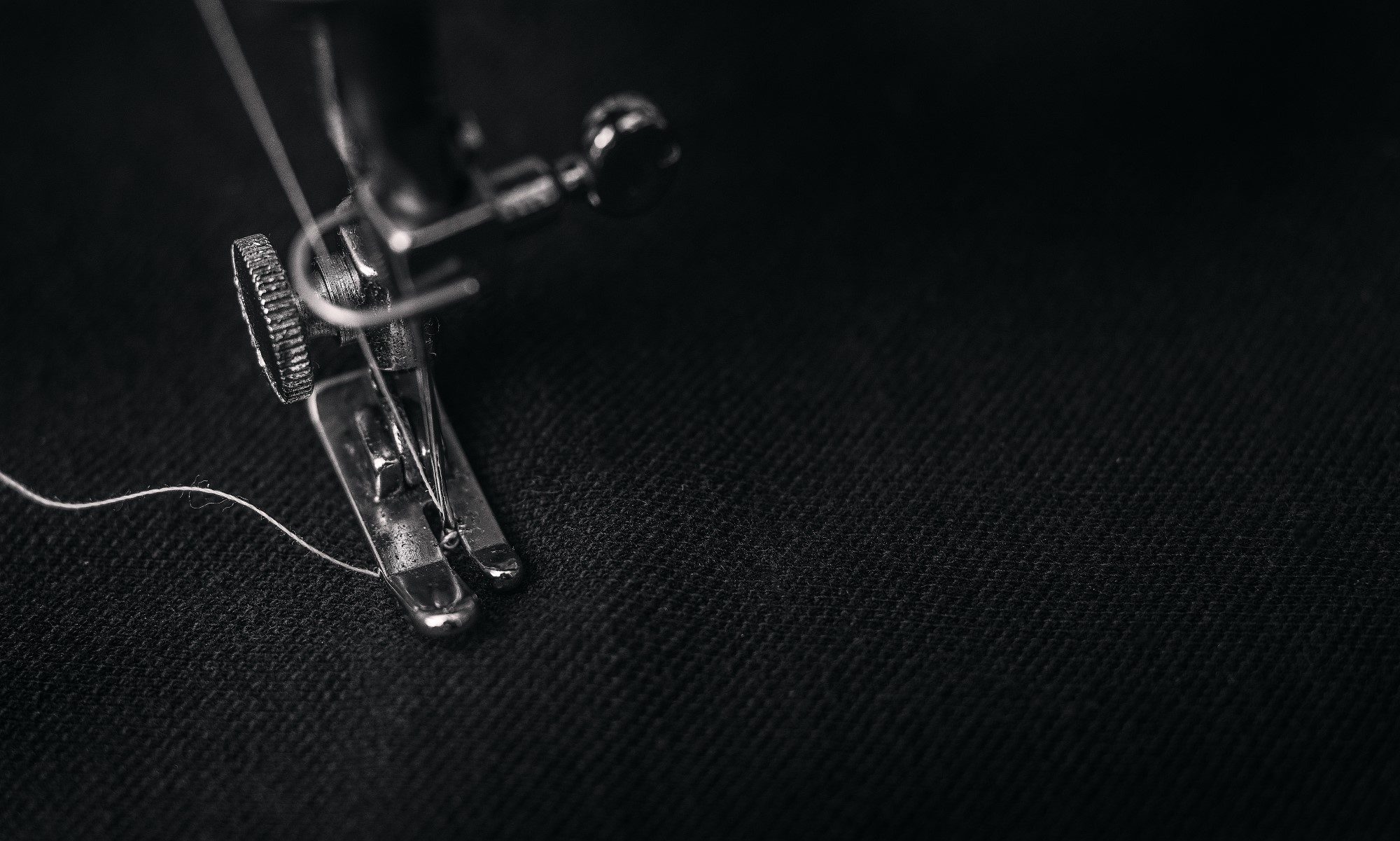Introduction
Sewing machines, the backbone of any textile project, deserve the same tender loving care we give to our cherished items. Maintaining these indispensable tools ensures longevity and top-notch performance. Welcome to our guide that's dedicated to helping you master the art of sewing machine service and maintenance.
Understanding Your Sewing Machine
Whether you're a hobbyist, a seasoned tailor, or a newbie, understanding your sewing machine's anatomy is fundamental. From the bobbin area to the needle plate, every part plays a crucial role. Knowing your machine inside-out prepares you for effective troubleshooting and proficient sewing machine repairs when necessary.
Importance of Regular Maintenance
Just as vehicles need regular servicing, so do your sewing machines. Regular maintenance prevents minor issues from escalating into major, often costly, repairs. Moreover, your machine performs at its best, yielding superior results for all your sewing projects.
Cleaning Your Sewing Machine
Cleaning your sewing machine is akin to brushing your teeth. It should be a routine, not an afterthought. Dust, lint, and thread bits are common culprits that lurk within, hindering your machine's performance. Use a small brush to remove these from the bobbin area, beneath the needle plate, and other nooks. Don't forget to unplug your machine before cleaning, safety first!
Oiling Your Sewing Machine
Next in line after cleaning is oiling your sewing machine. Like the oil in an engine, sewing machine oil reduces friction between moving parts, ensuring seamless operation. Always use oil specifically designed for sewing machines. Over-oiling can attract dust, so apply sparingly and wipe off any excess.
Changing Needles and Checking the Tension
Routine needle change is essential to maintain your machine's performance and protect your fabric from damage. Also, don’t overlook thread tension, as improper tension can lead to uneven stitches or thread breakage.
Storage and Protection
When not in use, store your sewing machine properly. Cover it to shield from dust and always handle it with care when transporting. These simple practices go a long way in extending its lifespan.
Professional Maintenance and When It's Necessary
Despite regular home service, professional sewing machine service is advisable at least once a year or when complex issues arise. Professionals have the skills and tools to perform intricate sewing machine repairs, ensuring your machine stays in top condition.
Common Troubleshooting Tips
Understanding common issues like skipped stitches or thread bunching and their solutions can save you time and frustration. But remember, when a problem persists, it's best to take your machine to a professional for a thorough sewing machine repair.
Conclusion
Investing a little time in understanding and maintaining your sewing machine can reap great rewards. Embrace routine cleaning, timely oiling, and remember to call in the professionals when necessary. With proper care, your sewing machine will continue to purr and produce beautiful stitches for years to come.
